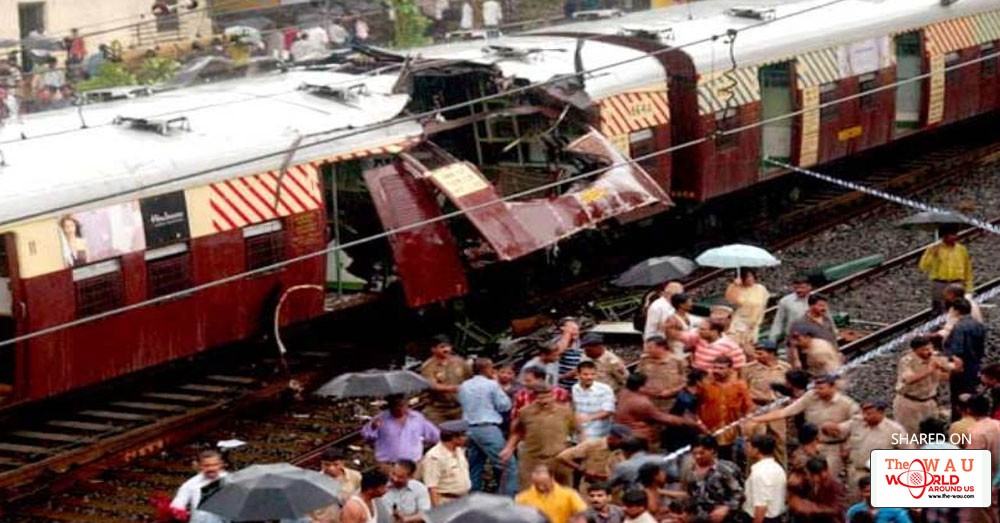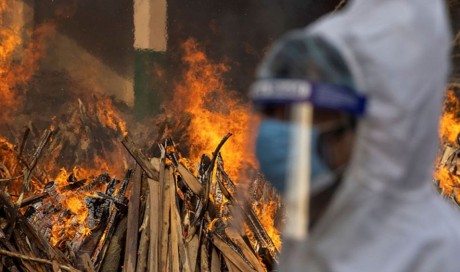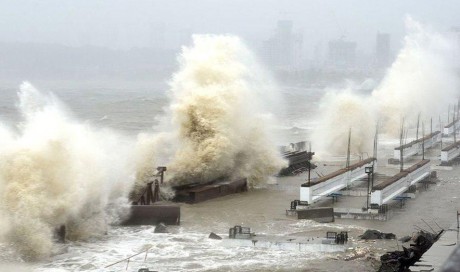Hit by several terror attacks over the past 25 years and a series of other tragedies, Mumbai, it is said, is ready for just about anything. Yet nothing had really prepared the city for Friday morning as the metaphorical crush hour turned into a cruelly literal one. In the first stampede of tragic proportions on the city's suburban railway network, 22 commuters were crushed to death and at least 35 injured on the narrow, rickety and overcrowded Elphinstone Road-Parel station foot overbridge at 10.25am.
No other stampede on any suburban city railway network anywhere in India has claimed so many lives.
With the rush-hour crowd swelling further on the bridge because of a shower and bringing its weight to bear on those waiting on the two staircases that led to the exit on the western side, and with many opting to wait on the bridge until the rain let up, the situation had turned precarious, as it often does on this bridge.
The stampede was "prima facie" triggered, according to Western Railway, by panic after rumours that the bridge was collapsing. A "tremendous push towards the exit" caused the crush, officials said.
While one survivor confirmed that the rumour had sparked panic, two other theories were put forward by eyewitnesses: one, an onrush of commuters following fears of the leaking under-construction roof falling and two, a spark that went off from an electric pole next to the bridge that caused an alarmed commuter to slip on the damp steps and resulted in people toppling over.
Ashok Agarwal, an eyewitness and owner of the canteen at Elphinstone Road station, said five trains had arrived in quick succession at Parel and Elphinstone Road stations around the time of the incident.
This may have also played a role in the crowds surging. While the stampede took place on two staircases (one at the Churchgate end and the other at the Dadar end) on the Elphinstone Road side of the bridge, all casualties were on the staircase at the Dadar end. The presence of flower vendors (with their baskets) and buyers on the bridge may have compounded matters, some eyewitnesses said; many of them get off at Elphinstone Road (on WR) and Parel (on Central Railway) to avoid rush at Dadar station in order to reach the Dadar flower market nearby for Dussehra sales/purchases.
Those injured were rushed by fellow commuters and passersby to Parel's KEM Hospital, where 20 were declared dead on admission, and two died soon after being admitted. Eight of the 22 victims were women and one an 11-year-old boy. Thirty-nine were brought in injured and have been admitted; of these, one was on ventilator and the rest were stable, said KEM dean Avinash Supe. Most injuries were related to fractures and respiratory distress, Supe said.
Astation official said the number of passengers using both the Elphinstone Road and Parel stations every day is 3-3.5 lakh, the result of mill lands giving way to swanky corporate offices and residential high-rises. But the foot overbridge that offers interconnectivity to CR and WR passengers is only 5m wide and 32m in length, and the staircases are even narrower: 2.1m wide each.
Friday's tragedy occurred on a day railway minister Piyush Goyal was to flag off 32 additional suburban services on WR and 28 on CR. Goyal was on his way to Mumbai from New Delhi when disaster struck. Goyal had an emergency meeting with top railway officials to ascertain steps taken by the administration to improve entry/exit points on the suburban network. He ordered an inquiry to be conducted by WR's chief security officer to find out the cause of the tragedy.
Share This Post












